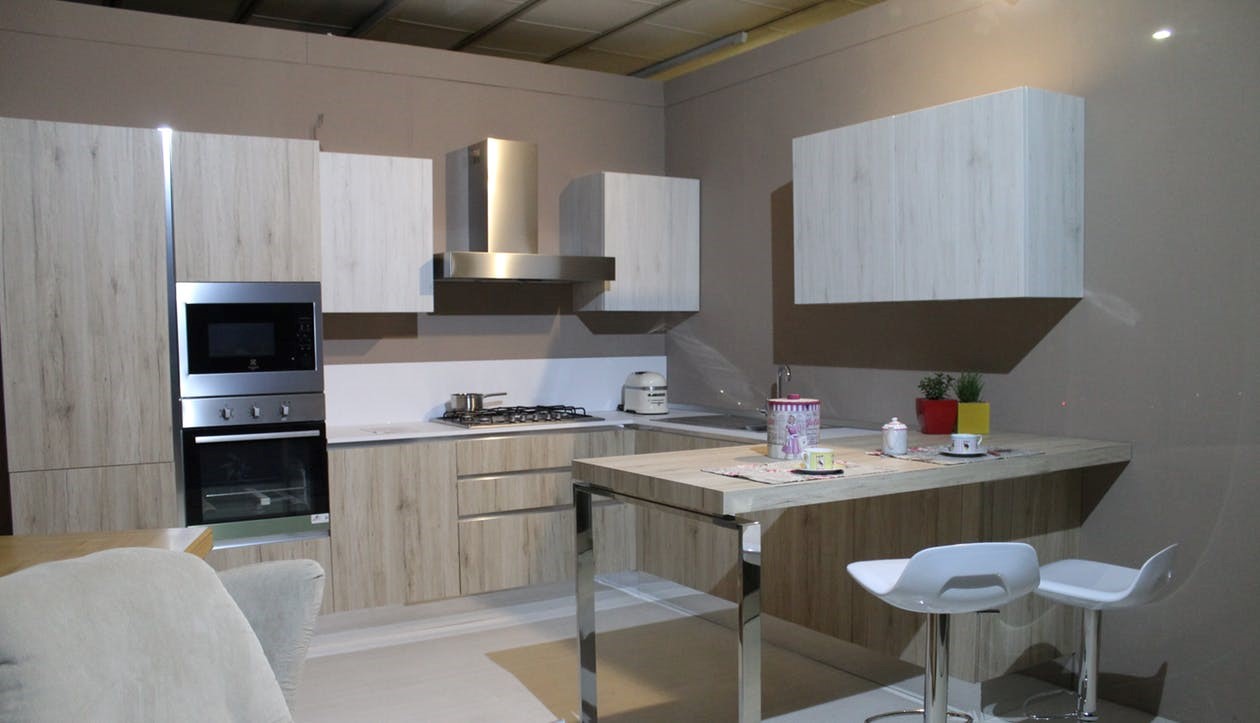Sycamore wood
Contents |
Introduction
Sycamore, also known as European sycamore or Acer pseudoplatanus, are deciduous trees with broad leaves. They can grow up to 115 feet, or 35 metres, with a trunk that is three to four feet in diameter. Its sapwood is often more utilised than the heartwood, providing light golden to reddish brown wood.
This tree is thought to have been introduced into the UK in the Middle Ages, and since then has become a naturalised species. It is more likely to be found in southern, eastern, and central Europe. The botanical name, Acer pseudoplatanus, refers to ‘like a plane tree’, as its leaves are superficially similar to those in the Platanus genus.
Properties
With a typically straight grain with occasional waves, sycamore wood has a fine yet even texture. This wood has a rating of perishable or non-durable when it comes to rot resistance, so it is vital to ensure that it does not take in any water. However, its strength properties are high, like oak trees. It is also susceptible to termites, and it must be treated accordingly to prevent decay.
Sycamore has no characteristic odour and does not stain or taint food, which makes it ideal for kitchenware use. The wood has an average weight of 38 lbs/ft3, or approximately 615 kg/m3 when dried.
Woodworking
Whether with machine tools or by hand tools, sycamore wood is relatively easy to work with. Although some blotches may occur when staining, sycamore wood glues, turns, and finishes well. The use of a gel stain, for example, can be a good solution to provide an even colour throughout. This wood takes well to screws and nails and provides an excellent base for paint and polish.
Its use, however, may require caution, as sycamore wood and other Acer genus trees have been known to cause respiratory effects similar to asthma, and to irritate the skin, and cause a runny nose.
Common uses
Although not as popular as other maple species of trees, European sycamore can still be used for a wide variety of projects. Should screws or nails need to be used, pre-drilling is often advised. This type of wood can burn easily, and allowing for it to acclimatise to the surrounding environment is recommended.
Sycamore wood is often used for:
- Cabinets.
- Veneer.
- Kitchenware.
- Musical instruments.
- Small speciality wood items.
- Turned objects.
With regards to tools, it is recommended to use stellite-tipped saw teeth and tungsten carbide cutting tools. The occasional waviness of the sycamore grain may make sawing and planing more difficult. The cutting angle and the feed rate should be reduced.
Find out more
Related articles on Designing Buildings Wiki
- 11 things you didn't know about wood.
- A guide to the use of urban timber FB 50.
- Carpentry.
- Chip carving.
- Physical Properties of Wood.
- Testing timber.
- The Art of Pyrography.
- The best woods for carving.
- The differences between hardwood and softwood.
- Timber.
- Timber preservation.
- Timber vs wood.
- Types of wood.
- The Properties of Sycamore Wood
- Physical Properties of Wood
- The Uses of Wood in Construction
Featured articles and news
Homes England supports Greencore Homes
42 new build affordable sustainable homes in Oxfordshire.
Zero carbon social housing: unlocking brownfield potential
Seven ZEDpod strategies for brownfield housing success.
CIOB report; a blueprint for SDGs and the built environment
Pairing the Sustainable Development Goals with projects.
Types, tests, standards and fires relating to external cladding
Brief descriptions with an extensive list of fires for review.
Latest Build UK Building Safety Regime explainer published
Key elements in one short, now updated document.
UKGBC launch the UK Climate Resilience Roadmap
First guidance of its kind on direct climate impacts for the built environment and how it can adapt.
CLC Health, Safety and Wellbeing Strategy 2025
Launched by the Minister for Industry to look at fatalities on site, improving mental health and other issues.
One of the most impressive Victorian architects. Book review.
Common Assessment Standard now with building safety
New CAS update now includes mandatory building safety questions.
RTPI leader to become new CIOB Chief Executive Officer
Dr Victoria Hills MRTPI, FICE to take over after Caroline Gumble’s departure.
Social and affordable housing, a long term plan for delivery
The “Delivering a Decade of Renewal for Social and Affordable Housing” strategy sets out future path.
A change to adoptive architecture
Effects of global weather warming on architectural detailing, material choice and human interaction.
The proposed publicly owned and backed subsidiary of Homes England, to facilitate new homes.
How big is the problem and what can we do to mitigate the effects?
Overheating guidance and tools for building designers
A number of cool guides to help with the heat.
The UK's Modern Industrial Strategy: A 10 year plan
Previous consultation criticism, current key elements and general support with some persisting reservations.
Building Safety Regulator reforms
New roles, new staff and a new fast track service pave the way for a single construction regulator.























